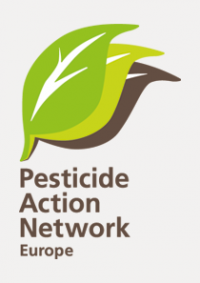More than 60 organisations, including Eureau, EFFAT and SumOfUS express their deep concerns about the direction the negotiations within Trilogues are taking on the reform of the agriculture statistics regulation (SAIO). To ensure that European agriculture shifts away from pesticide-intensive practices, we need precise public data on what pesticides are used where, when, on which crops and in what quantities.
An open letter was sent in February this year, signed by 78 organisations, to EVP Timmermans, Commissioners, French Minister and statistical offices explaining how the proposed compromise would reflect on achieving the EGD goals, and asked for a better data collection system. Considering the starting point and diluted Council's proposal from the end of the last year, which suggested a 5-year period of collection on pesticide use, not necessarily in a digital form, the current state of play, after the Trilogue on 28 April shows we were successful in our efforts to have more precise data on pesticide use.
However, the draft proposal still requires further work because some aspects of the proposal, if not addressed, may result in very poor data collection in Member States, which will not be sufficient to provide information on the actual situation of pesticide use.
The next Trilogue meeting will be held on 2nd June 2022, and before this date, when these points will be discussed, we are sending a strong message to the European Commission, European Parliament and the Council, that we need data in the form and within a timeframe that will enable tracking and calculating risks and the actual use of pesticides.
For further information, please find attached the joint statement.
